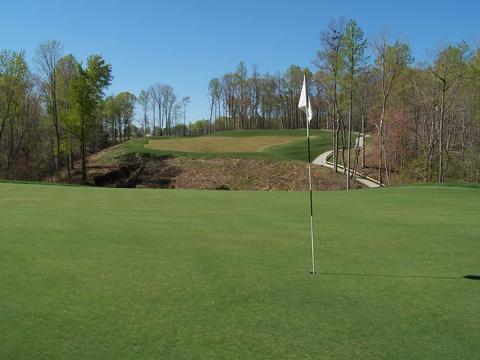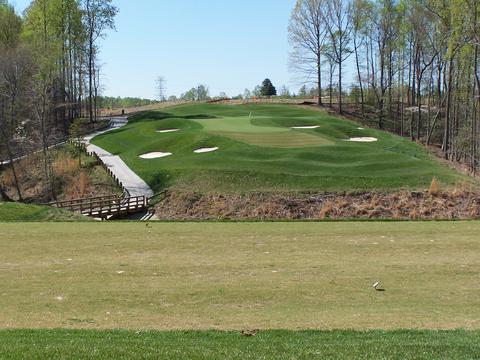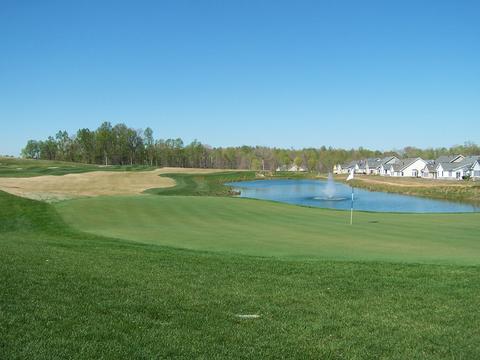A feature in the Wall Street Journal today is an ironic reminder why, no matter how much research you do on a choice of a community, you should still try to live there for a month or two at least before you make the purchase. By living in the nabes, playing the golf course, dining at the clubhouse, driving the local roads and absorbing the local culture, you will find out a lot more than they tell you in the marketing brochure or in the sales office.
Now, according to the Journal, there is another good reason to rent before you buy -- because many of your neighbors might be full-time renters. If you have ever had tenants, you know that they rarely take better care of your property than you do. Many renters are respectful of their obligations -- and sometimes fearful of losing their security deposits -- but don't ever expect to get your property back in better shape than when you rented it. With a stinky housing market now putting financial pressure on those who are unable to find buyers for their second homes, many of those second homes are being turned into long-term rentals to help pay the carrying costs.
In some communities, 30 percent of residents fall into the full-time-renter category. The Journal quotes a homeowner In one such Lennar-developed community in Florida complaining about "overgrown lawns, drug deals in the park and loud parties in the 'frat houses' down the street."
This phenomenon of renting is strongest in those markets that were previously the most speculative, like Miami, Las Vegas and Phoenix. If you are looking to purchase property in those areas, you are likely to find deals that seem too good to be true. You know what they say about such deals. Before you make the leap, hang out in the community for awhile. The irony is that renting a place might protect you from eventually living among too many renters.


























